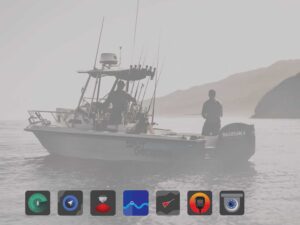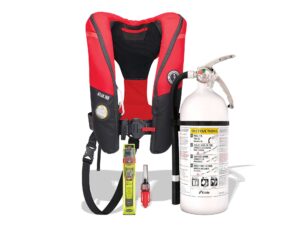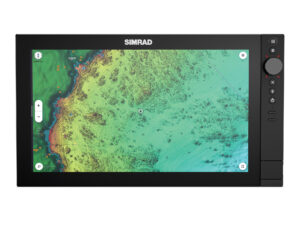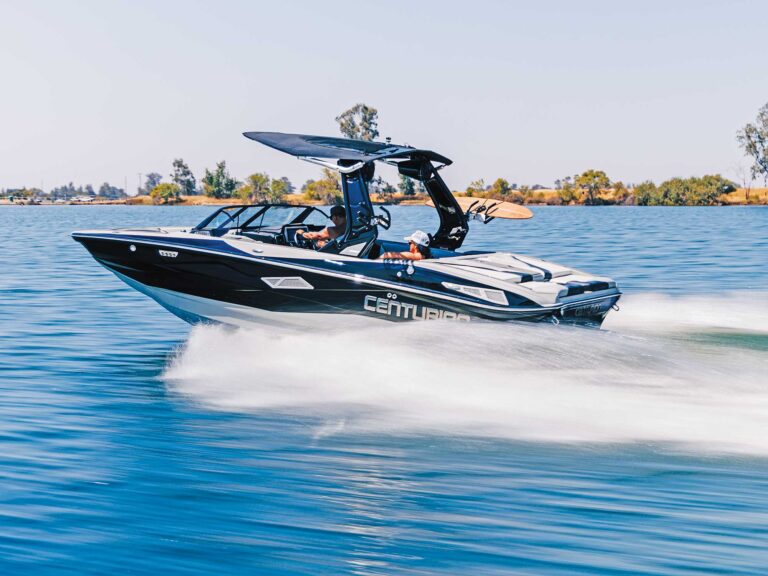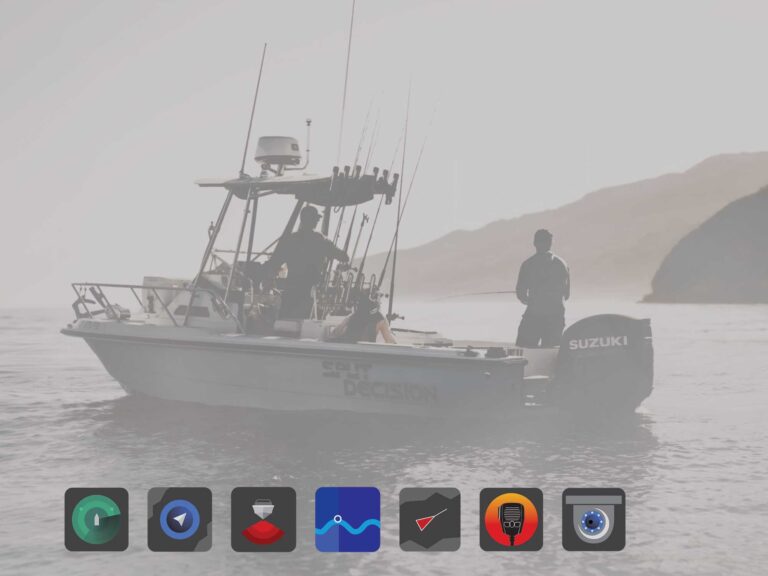UPDATED MARCH 2017
For 2015, I’m testing Pettit Hydrocoat ECO, a copper-free, solvent-free antifouling paint. A few years back, I conducted submerged panel testing of a different iteration of Hydrocoat. This is the first time testing Hydrocoat ECO
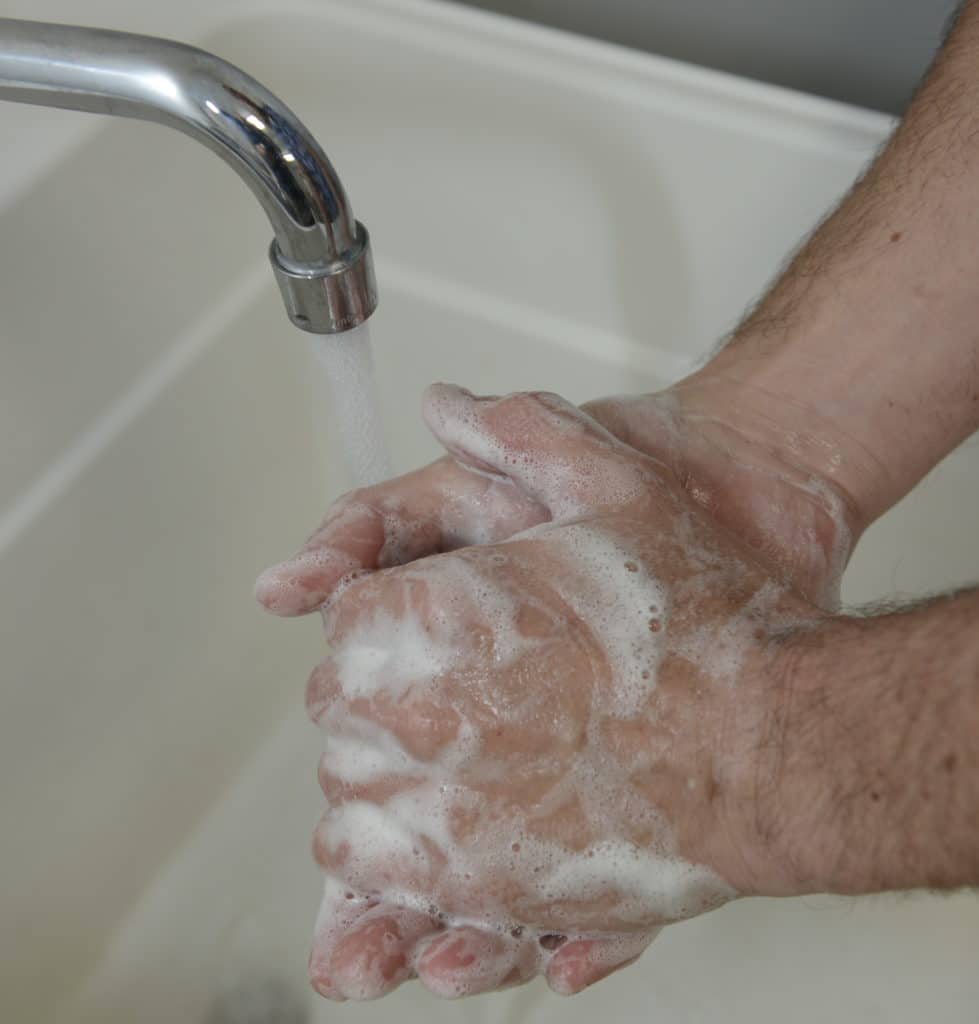
Check Out The Panel Testing Conducted With a Different Formulation of Hydrocoat
For this first installment, I’ll report on application. As time goes by, I’ll also deliver midseason performance reports, hauling the boat for inspection and snorkeling on her to check on the effectiveness. Here are points that I consider important about applying bottom paint.
Fumes: I have painted a lot of boat bottoms in my life, and I can tell you that opening the can of Pettit Hydrocoat ECO is a pleasure in comparison to most of the other coatings I have used (that includes other formulations made by Pettit as well). There is no noxious odor. There are no stinky, eye-tearing fumes.
Mixing: I mixed Hydrocoat ECO with a paddle chucked in a drill motor, as I have always done. I noticed little difference in mixing time between this and any other ablative, multi-season paint.
AdvertisementApplication: It was a windy, sunny day, with temperatures of about 55 degrees F when I applied Hydrocoat. When working on the “sunny side” the brush and roller dragged more than I would have expected from a solvent-based paint. This required a bit more effort in application, but did not seem to affect coverage. I used 2/3 of a gallon can for the first coat. While not a “to-the-ounce” measurement, I can say that that is the quantity I have always used per coat, regardless of the paint brand. For the second coat, a little less than 1/2 gallon was required.
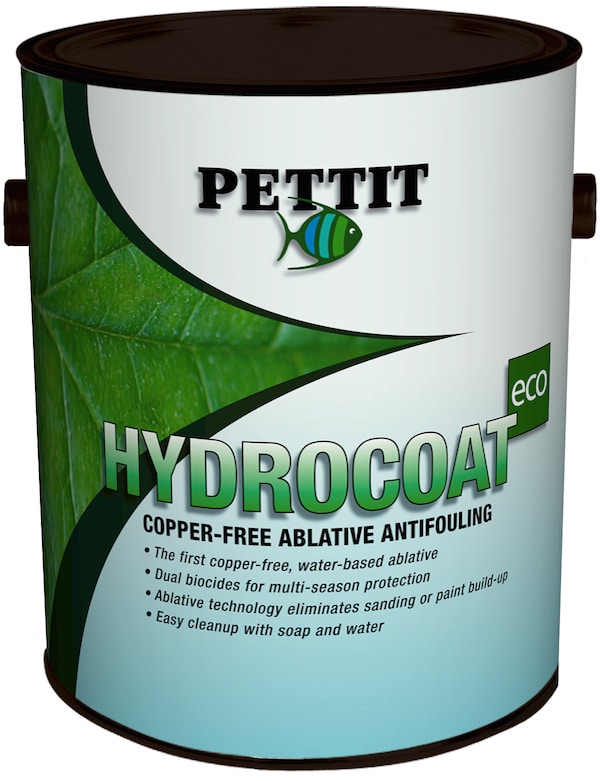
- Clean Up: My right glove tore when I snagged it as I painted past a transducer. This meant the web between thumb and forefinger got painted black. I also had a few freckles on my exposed forehead from some “over-exuberant” rolling. Both cleaned up quick and easy with warm soap and tap water. Most paints only come off with solvent—which you don’t want on your skin—or painful scrubbing. Moreover, my skin didn’t tingle and burn under the paint, like it has when I got “traditional” antifoulings on it.
Hydrocoat is available in a range of colors and is rated at 430 square-feet of coverage per gallon.
Read The Full Hydrocoat ECO Specs at Pettitpaint.com

